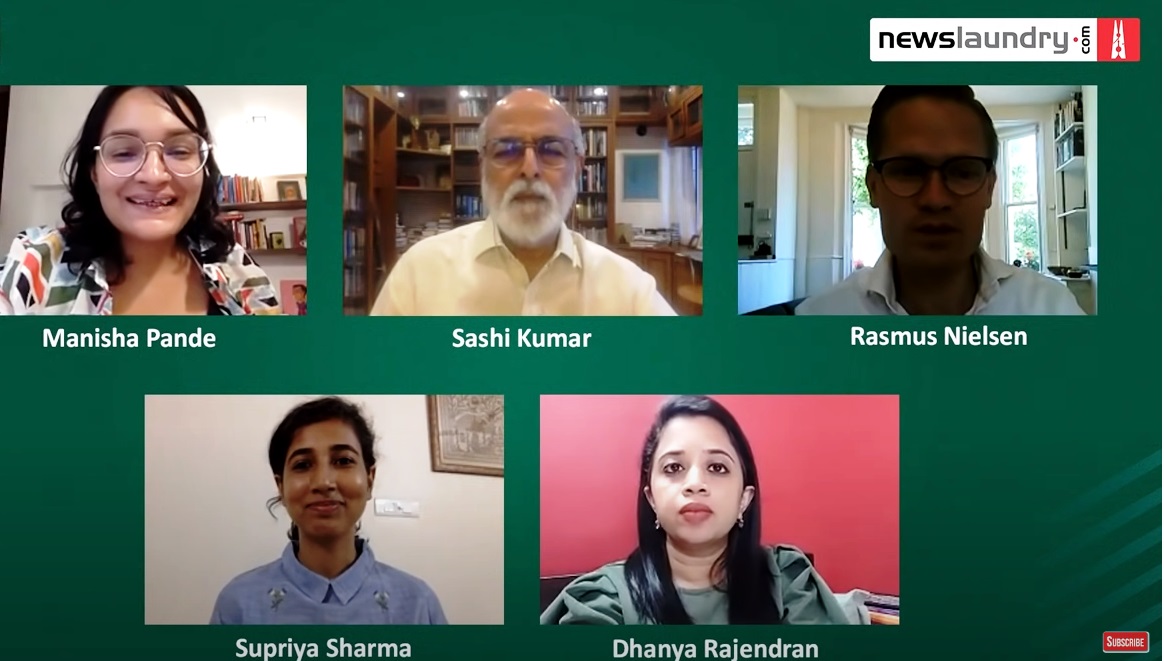elisha vermani
4:51
4:58
4:59
5:02
5:05
5:05
5:07
5:09
5:10
5:12
5:13
5:14
5:17
5:18
5:20
5:24
5:24
5:26
5:29
5:30
5:32
5:33
5:34
5:37
5:38
5:42
5:42
5:45
5:45
5:47
5:47
5:48
5:49
5:49
5:50
5:51
5:51
5:52
5:52
5:53
Connecting…

